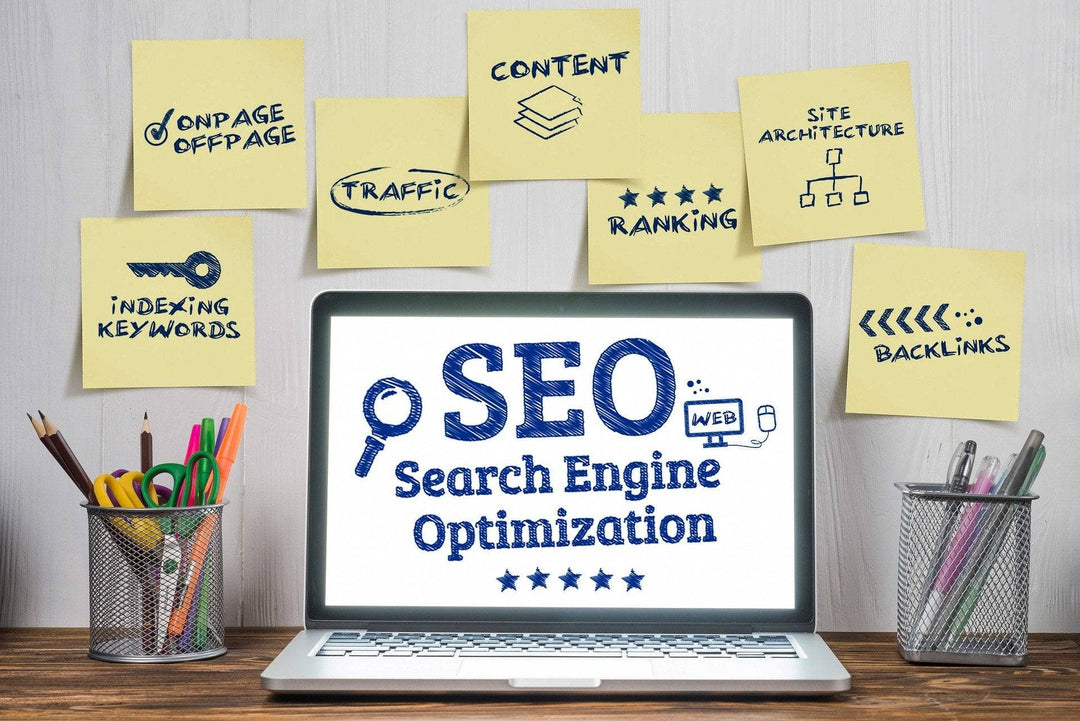Frequently Asked Questions
1. Why is branding important for Shopify store owners?
2. What are the key elements of effective branding?
3. How can I implement a branding strategy for my Shopify store?
4. How can I analyze the effectiveness of my branding efforts?
5. What role does social media play in building a brand community?
In the competitive landscape of eCommerce, having a strong brand is not just an asset; it’s a necessity. For Shopify store owners, branding can mean the difference between attracting casual visitors and converting them into loyal customers. In this article, we will explore the importance of branding, its key elements, and how to effectively implement branding strategies that resonate with your audience.
Understanding Branding and Its Significance
Branding involves crafting a unique presence that encompasses your store's name, logo, design, and overall messaging. It is the unifying aspect that ties together your identity in the marketplace. But why is branding so crucial for your Shopify store?
Creates Recognition and Trust
One of the most powerful aspects of branding is that it fosters recognition. A well-defined brand with consistent elements such as colors and typography makes it easy for customers to remember your store. This recognition is paramount in establishing trust, which is vital for new customers who may be cautious about shopping online.
Differentiates Your Store from Competitors
With countless eCommerce sites flooding the internet, you need a way to stand out. Your brand identity differentiates you in a crowded market. By establishing a unique voice and visual style, customers can quickly connect with your value proposition and what makes your store special.
Enhances Customer Loyalty
Strong branding encourages customer loyalty. When customers feel a connection to your brand, they are more likely to return. They form associations with your brand's values, mission, and aesthetic, making them more than just one-time shoppers—they become loyal patrons.
Key Elements of Effective Branding
To establish a cohesive and impactful brand for your Shopify store, consider these essential elements:
Brand Identity
Your brand identity is comprised of visual elements that convey your store's essence. This includes:
- Logo: A memorable logo can help reinforce your brand, serving as the face of your business.
- Color Palette: Colors evoke emotions and can influence consumer behavior. Choose colors that represent your brand's personality.
- Typography: Fonts also play a crucial role; they should reflect the tone of your brand and maintain readability.
Brand Voice and Messaging
Your brand voice is the tone and style in which you communicate with your customers. This includes the language used in product descriptions, social media, and customer service. Maintaining a consistent voice helps customers understand who you are and establishes familiarity.
Brand Story
Your brand story tells your audience who you are, what you stand for, and why you do what you do. Sharing your brand's origin, values, and mission can create an emotional connection with customers and foster loyalty.
Implementing Your Branding Strategy
Establishing an effective branding strategy requires thoughtful planning and execution. Here are some actionable steps to help you:
Define Your Target Audience
Understanding the demographics and preferences of your audience is vital. Create target personas that reflect your ideal customers. Tailor your branding efforts to meet their expectations and resonate with their desires.
Consistency is Key
A cohesive brand is recognizable across different platforms and channels. This consistency should reflect in your website, social media, email marketing, and any other touchpoints. A consistent brand helps nurture trust and encouragement among potential buyers.
Leverage Content Marketing
Utilize content marketing to share valuable information that reflects your brand. Whether it’s through blog posts, social media updates, or email campaigns, content that aligns with your brand can attract organic traffic. SEO practices, such as optimizing for “product data clean up” and other keywords, can further enhance visibility.
Analyzing Branding Effectiveness
To ensure that your branding efforts are leading to desired outcomes, consistently analyze performance metrics. Here’s how:

User Engagement Analytics
Track how users engage with your website and social media. Look at metrics such as page views, time on site, and social media interactions to gauge how well your branding resonates with your audience.
Customer Feedback
Solicit feedback from customers through surveys, reviews, and direct communication. Their insights can guide improvements and adjustments to your branding elements.
Sales Performance
Monitor sales data over time to see if there is a correlation between branding changes and revenue growth. This insight can highlight whether your branding strategies are effective or if adjustments are necessary.
The Intersection of Branding and SEO
SEO and branding are two sides of the same coin. A well-established brand can enhance your SEO efforts, while a solid SEO strategy can improve your brand visibility. Here's how they interact:
Brand Mentions and Backlinks
As your brand gains recognition, you can expect more mentions across blogs, forums, and social media. This leads to natural backlinks, enhancing your website's authority and improving search engine rankings.
Keyword Optimization
Incorporating keywords like “product data clean up” within your content can help you rank higher on search engines. Ensure that your branding elements—like taglines and headlines—integrate SEO practices to boost both recognition and discoverability.
Building a Community Around Your Brand
A successful brand in eCommerce doesn't just sell products; it builds a community. Here are effective methods to cultivate a brand community:
Engage on Social Media
Social media platforms allow you to interact with customers directly. Encourage user-generated content by hosting contests or featuring customer stories. This not only humanizes your brand but also expands your reach.
Create a Blog
A blog is a powerful tool for both SEO and branding. Share informative articles, tips, and industry news pertinent to your audience. Make sure these posts reflect your brand identity and voice.
Incorporate Brand Advocacy Programs
Consider establishing a brand ambassador program that incentivizes loyal customers to promote your store. This approach not only increases visibility but reinforces brand loyalty through community engagement.
Turning Branding into Business Growth
Branding is an ongoing process that directly correlates with the success of your Shopify store. Here’s how to convert branding into tangible business outcomes:
Invest in Quality Design
Don’t cut corners when it comes to your brand visuals. High-quality design can elevate your brand perception, leading to customer trust. Invest in professional graphic designers or branding consultants when necessary.
Regularly Update Your Branding
As trends evolve, so should your branding. Regularly evaluate your brand elements and messaging to ensure they align with current market trends while remaining true to your core identity.
Measure Impact on Conversion Rates
Track how branding affects your conversion rates. A refreshed and well-executed branding strategy should ideally lead to higher conversions. Use tools like Google Analytics to analyze the data.
Embrace the Journey of Crafting Your Brand
The journey of building a strong brand for your Shopify store may seem daunting, but the rewards far outweigh the efforts. Your brand is not just a logo or a catchy name; it embodies the values and experiences your customers associate with your store. By focusing on the elements of branding and reflecting them throughout your eCommerce strategy, you’ll not only connect with your audience but also drive sustainable growth for your Shopify business.






Leave a comment